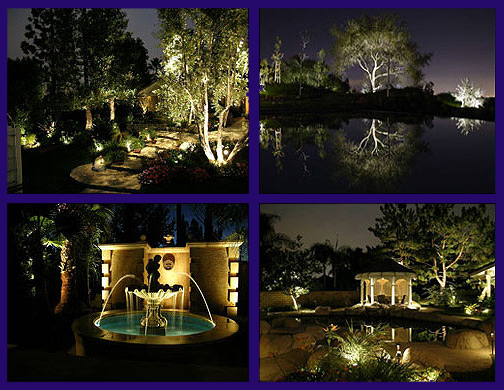Indoor LED lighting refers to the utilization of LED (Light Emitting Diode) technology for illuminating the inside spaces of houses, offices, commercial buildings, and various indoor environments. LED lighting has gained widespread recognition for indoor functions because of its vitality effectivity, longevity, versatility, and high quality of light. Here are some key concerns and benefits of indoor LED lighting:
Benefits of Indoor LED Lighting:
Energy Efficiency:
LED lights are extremely energy-efficient, consuming significantly less electrical energy compared to traditional incandescent and fluorescent lights. This results in decrease vitality payments and reduced environmental influence.
Longevity:
LED lights have an exceptionally lengthy lifespan, usually lasting 25,000 to 50,000 hours or more. This reduces the need for frequent replacements, saving both time and money.
Instant Lighting:
LEDs provide immediate illumination when turned on, with no warm-up time required. They reach full brightness instantly, making them appropriate for purposes the place quick lighting is needed.
Cool Operation:
LEDs emit little or no heat compared to incandescent and halogen bulbs. This makes them safer to use, particularly in enclosed fixtures, and reduces the load on air con techniques.

Dimmability:
Many LED fixtures and bulbs are dimmable, allowing users to adjust the brightness to create the desired ambiance and save extra vitality when full brightness is not needed.
Color Temperature Options:
LEDs are available in numerous shade temperatures, from warm white (providing a comfy, yellowish light) to chill white (offering a bright, bluish-white light). This versatility permits users to choose out lighting that fits their preferences and needs.
Color Rendering Index (CRI):
LEDs can obtain excessive CRI values, which implies they accurately render colours compared to pure daylight. This is essential for purposes where colour accuracy is crucial, corresponding to in artwork galleries, retail settings, and make-up areas.
Low UV Emissions:
LEDs emit minimal ultraviolet (UV) and infrared (IR) radiation, lowering the risk of harm to sensitive supplies, materials, and artwork.
Versatility:
LEDs come in quite a lot of fixtures, together with recessed downlights, observe lights, pendant lights, strip lights, and more. This permits for flexibility in designing and customizing indoor lighting schemes.
Website link Lighting Integration:
Many indoor LED lighting systems could be built-in into smart residence or constructing automation methods. This enables distant management, scheduling, and customization of lighting to fulfill particular needs and preferences.
Task Lighting and Accent Lighting:
LEDs are best for task lighting in kitchens, workplaces, and workspaces, offering targeted illumination. They are additionally used for accent lighting to highlight architectural features, art work, or ornamental elements.
Environmental Benefits:
LED lighting contributes to energy conservation and decreased greenhouse gas emissions because of its low vitality consumption and long lifespan. It additionally contains no hazardous supplies like mercury, which is found in another types of lighting.
Indoor LED lighting has revolutionized inside lighting design, providing energy-efficient and versatile options for a broad range of residential and commercial functions. When choosing indoor LED lighting, consider components such because the meant objective, desired ambiance, shade temperature, and CRI to create a well-lit and cozy indoor surroundings..
